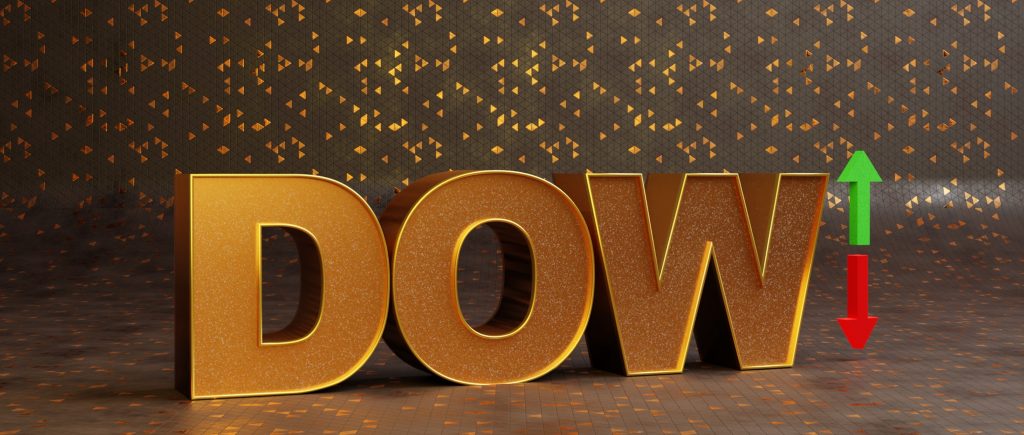Dow Jones hovers near 42,000. Thus, the Index is heading for another winning week, but this time, Dow’s rally comes after Fed’s recent rate cut. The Dow Jones Industrial Average has surged to near 42,000 this week, following the Federal Reserve’s aggressive interest rate cut. This marks a significant turnaround for the market, which was facing increasing economic pressures.
The S&P 500 and Nasdaq Composite also experienced gains, though slightly less pronounced than the Dow. The three major averages are on track for weekly increases, demonstrating investor confidence in the market’s ability to weather the economic storm. The Fed’s decision to slash interest rates by a half-point has been widely welcomed by investors. Federal Reserve Governor Christopher Waller expressed support for the cut, citing a faster-than-expected decline in inflation. However, the market’s reaction has not been entirely uniform. FedEx’s disappointing earnings outlook and the short end of the Treasury curve’s muted response to the Fed’s messaging have raised some concerns.
While the market’s rally is encouraging, there are also risks to consider. Stock valuations have reached elevated levels, suggesting that the market may be pricing in the benefits of lower interest rates too aggressively. Historically, the S&P 500 has performed well following rate cuts, especially when the economy avoids a recession. However, the current valuation levels are higher than their long-term averages, indicating a potential for a correction if economic conditions deteriorate.
Inflation has been a major concern for the economy and the market. While the Fed’s rate cut is aimed at stimulating economic growth, it also carries the risk of exacerbating inflation. If inflation continues to rise at a rapid pace, it could undermine the market’s gains and force the Fed to adopt a more hawkish monetary policy.
Global economic factors are also playing a role in the market’s performance. Trade tensions, geopolitical risks, and Brexit uncertainties could create headwinds for the global economy and the U.S. stock market. Technology stocks have been a major driver of the market’s recent gains. The tech-heavy Nasdaq Composite has outperformed the Dow and the S&P 500, as investors continue to bet on the long-term growth prospects of tech companies.
The Fed’s rate-cutting cycle is likely to continue, providing some support for the stock market. However, investors should remain cautious and monitor economic indicators closely. The potential for a recession, coupled with high valuations and inflationary pressures, could create headwinds for the market.
As the economy evolves, it is essential for investors to stay informed and make informed decisions about their portfolios. While the recent rally is promising, it is crucial to maintain a balanced perspective and be prepared for potential challenges.
The performance of individual sectors within the market can vary significantly. Investors should consider the relative attractiveness of different sectors based on their economic outlook and valuation. For investors seeking income, dividend-paying stocks can be a valuable option. However, it is important to select companies with strong dividend histories and sustainable dividend policies.
Investors should assess their risk tolerance before making investment decisions. A higher risk tolerance may allow investors to allocate more of their portfolios to growth-oriented stocks, while a lower risk tolerance may require a more conservative approach. By carefully considering these factors, investors can make informed decisions and navigate the complexities of the stock market.

 Noor Trends News, Technical Analysis, Educational Tools and Recommendations
Noor Trends News, Technical Analysis, Educational Tools and Recommendations




